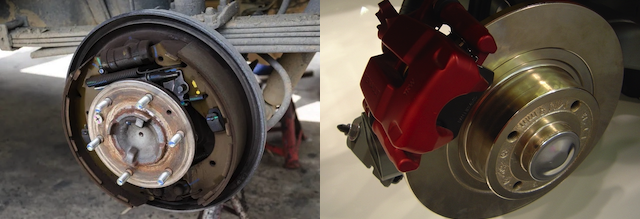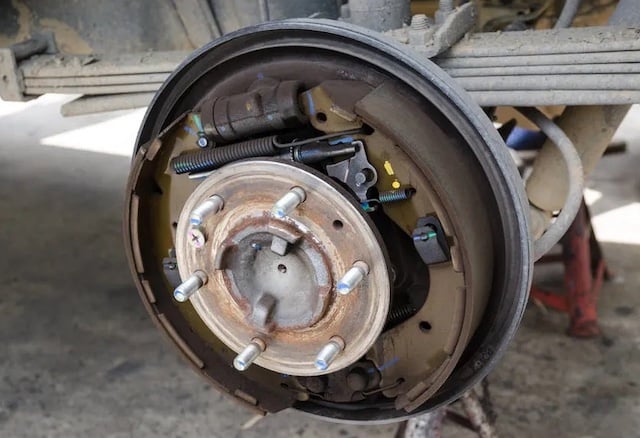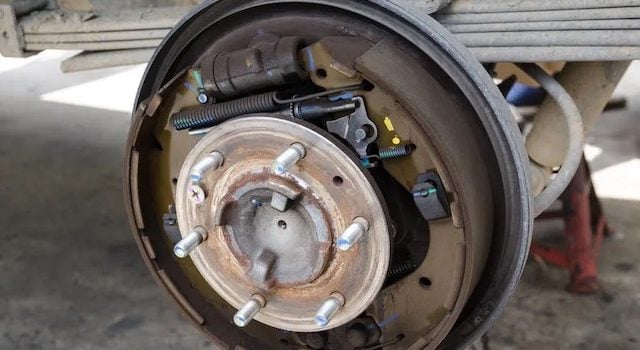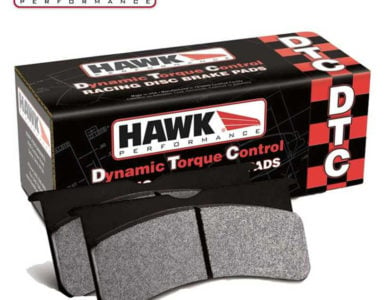Disc Brakes VS. Drum Brakes

When thinking about automotive brakes, discs are likely the first type that come to mind. Both disc and drum brakes were developed in the early 20th century. Drum brakes were cost-effective and considered sufficient for most production vehicles in everyday driving. Disc brakes remained exclusive to racing and sports cars for decades. They offered better heat dissipation and reduced fade during hard stops at high speed.
Most production vehicles were equipped with four-wheel drum brakes well into the 1960s. However, the safety benefits of disc brakes were clear. Front disc brakes became standard equipment by the 1970s, while rear drum brakes remained common. Once exclusive to sports and luxury cars, four-wheel disc brakes have become standard on more vehicles than ever before. So why do manufacturers still equip some vehicles with rear drum brakes?
Why Manufacturers Still Use Drum Brakes
Auto manufacturers continue to use rear drum brakes for two main reasons – lower cost and less complexity. Drum brakes are less expensive to produce because they require fewer parts than disc brakes. Unlike disc brakes, drum brakes can function as both a service brake and a parking brake. Disc brakes need a separate parking brake mechanism. This results in more complex design and manufacturing assembly.
Drum brakes are one way to keep economy cars more affordable. Most economy car buyers are not concerned about mechanical brake technology. Since most braking power is biased toward the front brakes, drum brakes still perform well as rear brakes. Brake performance is also enhanced by modern anti-lock braking and stability control.
Electric Vehicles And Drum Brakes
Electric cars arriving on the market are creating a resurgence of rear drum brakes on new vehicles. Because electric vehicles use a concept called “regenerative braking” to slow the vehicle, less braking power is required. Regenerative braking occurs when the kinetic energy from the wheels drives the electric motor while decelerating. This produces electricity to recharge the batteries and helps to slow the vehicle. Since brake usage is reduced, drum brakes are an ideal solution to cut manufacturing costs on electric cars.
How Drum Brakes Work

Drum brakes include a large metal drum with brake shoes positioned inside. Brakes shoes are made from a curved piece of steel with a layer of friction material. When the brake pedal is applied, the shoes are forced against the inside of the drum by a hydraulic wheel cylinder to slow the vehicle. This contrasts to disc brakes that have a rotating metal disc with friction pads on both sides. When the brake pedal is applied, the pads are squeezed against the disc by a hydraulic caliper to slow the vehicle.
Typical drum brakes include a leading (primary) and trailing (secondary) shoe. The leading shoe moves slightly in the direction of the drum rotation. This creates a servo effect, where greater braking force is created as the shoe contacts the drum. Strong springs are needed to retract the shoes from the drum surface when the brake pedal is released. The design of drum brakes results in less precise braking control, with a tendency to lock up under hard braking. This drawback is minimized because of less braking power sent to the rear brakes and intervention from anti-lock braking systems.
Finding The Right Brake Shoes For Your Vehicle
BuyBrakes has the best selection of brake shoes and drums at the best price. Visit this page to find the right brake shoes and drums for your vehicle. We’re happy to help if you’ve got questions.
Looking for tips on how to service your drum brakes? Check out our blog post.



